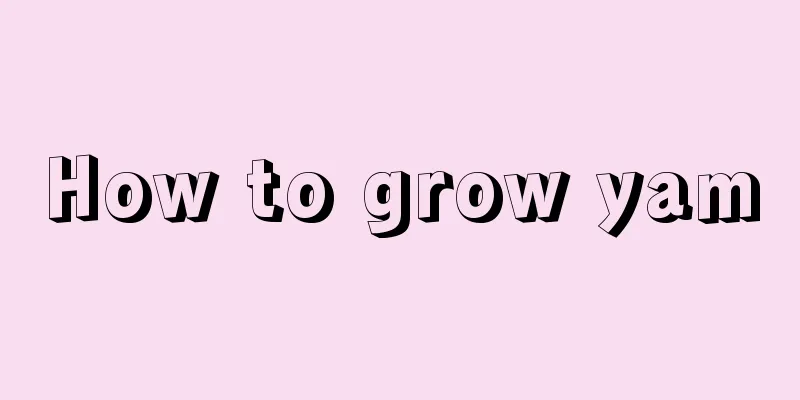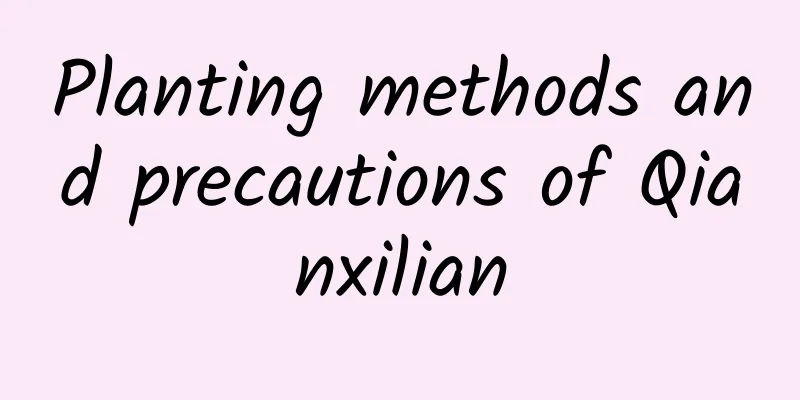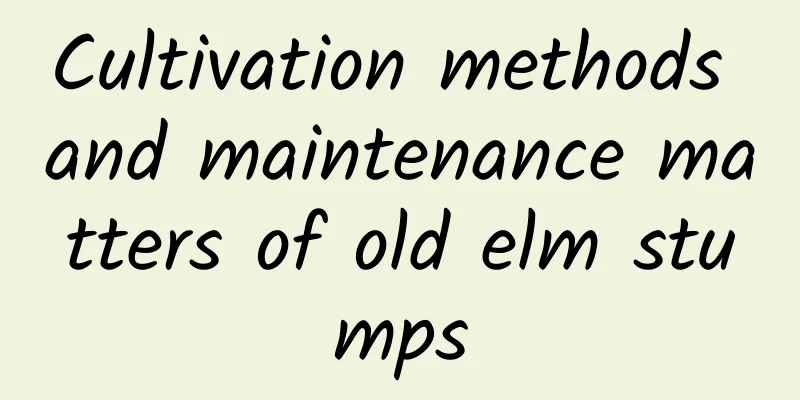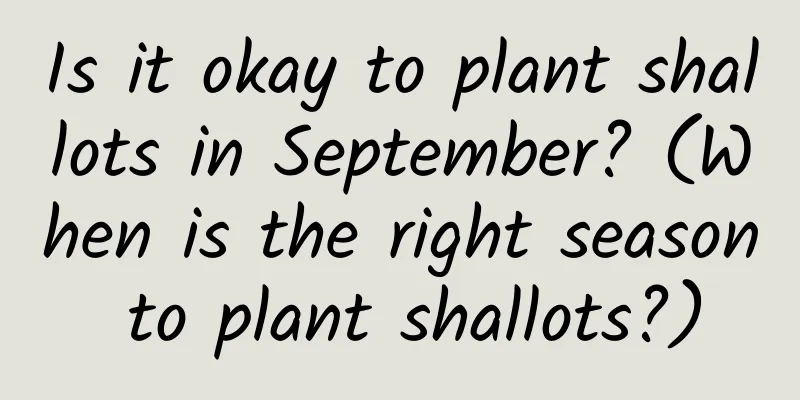How to grow yam

1. Maintenance methods1. Temperature: The suitable temperature for its growth is between 28 and 30 degrees. Maintaining this temperature can make it grow more vigorously. At least the seedlings will not be affected. At the same time, if the temperature is higher than 40 degrees and lower than 10 degrees, it will stop growing, so the yield will also be affected. 2. Watering: It is relatively drought-resistant, so during the entire growth period, you need to be careful not to water it too much. If you water it too much, the fruits at the roots will be seriously affected. At the same time, drainage needs to be done well during the rainy season to avoid flooding. 3. Light: Warm and sufficient light is necessary for its normal growth. Warm sunlight can make its yield higher, which is conducive to the formation of fruits. At the same time, the branches and leaves of the seedlings will be greener. 4. Fertilization: Fertilizer soil is a must. Generally, compound fertilizer is needed every month to provide sufficient nutrition to make the fruit grow more ideal and achieve the goal of high yield. 2. Breeding techniques1. Reproduction: Segmentation propagation and bud propagation are two important methods. For segmentation, you generally need to select the upper part of the yam. The upper part has a stronger ability to take root and sprout. This method of propagation is relatively simple and practical. Bud propagation requires cutting off the top of the yam buds and then planting them. This method cannot be used for large-scale planting. 2. Pruning: There is no need for pruning during normal growth, because the final purpose is to pick its fruit, and its ornamental value is generally not considered, so don't waste energy on pruning it. 3. Problem diagnosis and treatment1. Disease: Anthracnose often occurs. This disease will cause the branches and leaves of the plant to wither in a whole area, so methyl thiophanate solution can be used to prevent and control it. 2. Pests: Red spider mites appear most frequently. They can be removed manually in the early stage of induction, or dichlorodiphenyltrichloroethane solution can be used directly for prevention and control. IV. Other issues1. Toxicity: It is not poisonous. Yam is very nutritious and is a favorite food of many people. 2. Can it be raised at home?: Not suitable, because yam is generally raised as a crop, so it has no ornamental value, and it is obviously not suitable to raise it at home. |
Recommend
When is the best time to sow okra seeds?
Okra seed sowing time Okra prefers a warm environ...
Tips for indoor flower cultivation and fertilization
1. Flower cultivation skills 1. Light: When growi...
What flowers to send to pick someone up at the airport
1. Tulip Choose tulips, roses, lilies, and add so...
What are the cultivation methods and precautions of Lotus lily?
Growth habits of Euphorbia pulcherrima The Euphor...
Can Gypsophila paniculata be propagated by cuttings?
There are many ways to reproduce baby's breat...
Is Phalaenopsis suitable for a large or small pot?
Phalaenopsis, should I use a large or small pot? ...
How to grow lucky bamboo in water to make it grow well
1. Suitable temperature 1. If you want to grow it...
How to prune Monstera?
Monstera has won the favor of many flower lovers ...
When is the best time to plant tulip bulbs?
It is now the season when tulips are in full bloo...
When is the best time to sow chili peppers?
Suitable time for sowing chili pepper Chili peppe...
Can the golden edge agave be hydroponically cultivated?
1. Not only can it be hydroponically grown, but i...
How to get a high survival rate of hibiscus cuttings
Hibiscus is a popular flower plant in recent year...
What fertilizer is best for honeysuckle (what fertilizer can make honeysuckle grow fastest and produce the highest yield)
What fertilizer does honeysuckle like? Since hone...
Can dry leaves be used as fertilizer?
Dried leaves as fertilizer Dry leaves can be used...
Can Christmas cactus be placed indoors?
1. Can it be placed indoors? Under normal circums...









